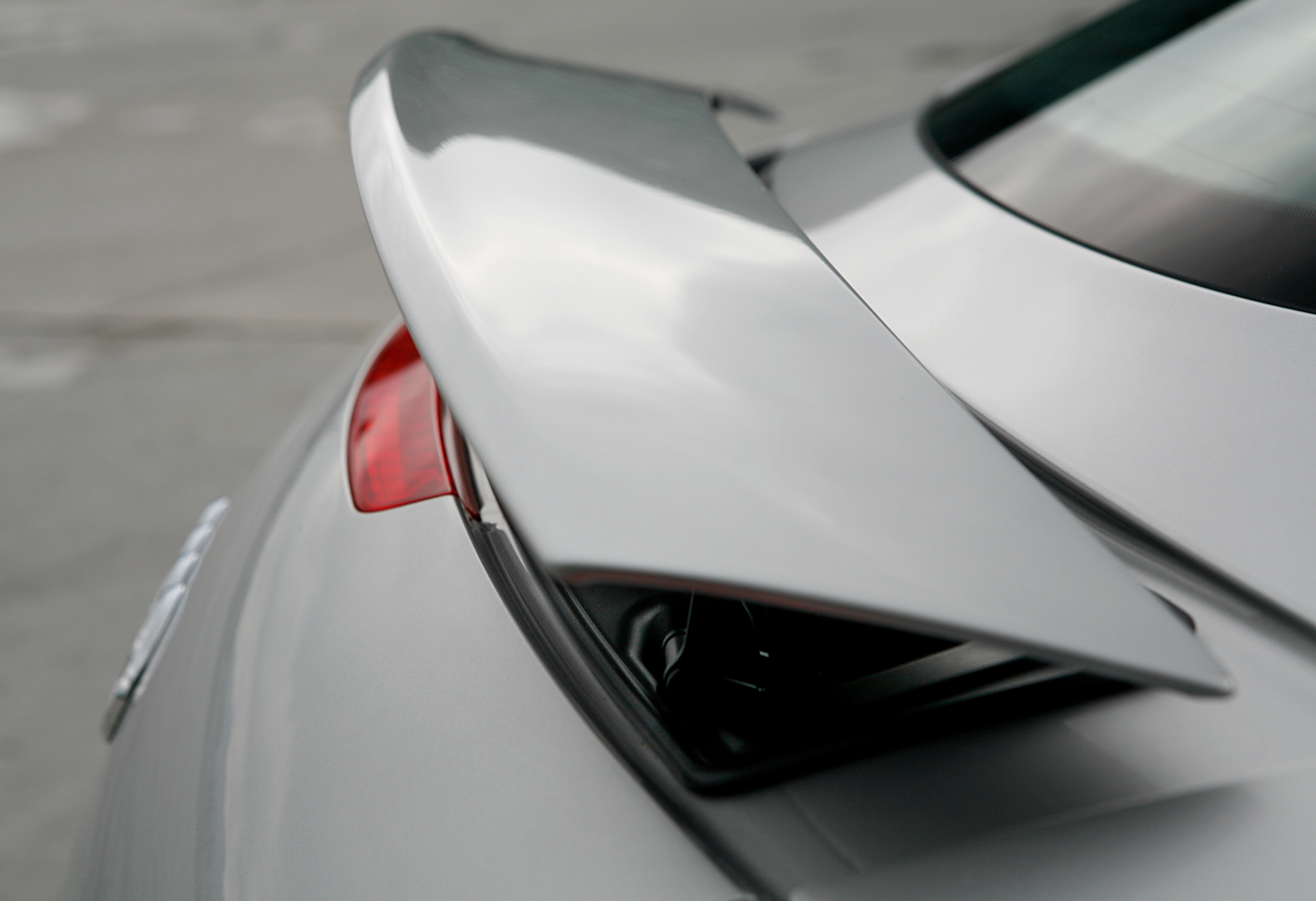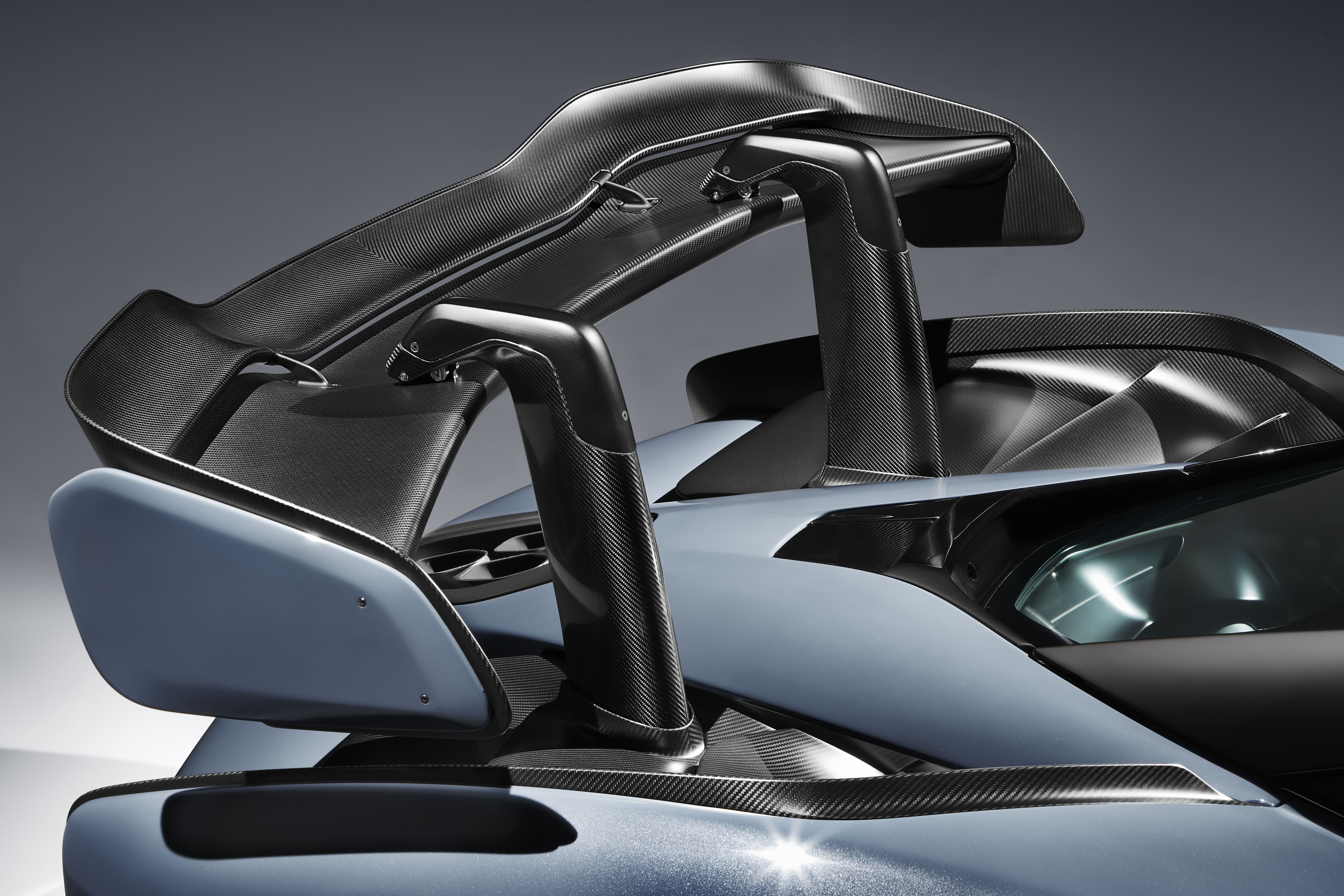Active aerodynamics are one of the cleverest features you will find on any car on the market. These trick devices were once limited to the most extreme supercars on the road, but more affordable machines are picking up the technology too.
Never heard of them, or simply want to know more on this tech? We explain…
What are active aerodynamics?
The Formula 1 inspired Mercedes-Benz AMG Project One!
Flexing it's active aerodynamics and showing off that crazy interior! pic.twitter.com/Ans4u1ThQD
— Drew (@ifiwasperfect) August 20, 2018
Aerodynamic features themselves play a role on every car — affecting fuel economy, performance and even refinement. Now, most cars are designed with static aerodynamic devices, that perform a continuous function and never change airflow.
Now this can be great for increasing downforce, or reducing drag, but it’s very much one way or the other. Step in active aerodynamic technology — which electronically adjust themselves to optimise air flow for certain driving conditions.
What form do they take?
Speed meets poise! The adaptive rear spoiler of the Panamera GTS splits after rising, which makes it much broader – and ensures the lift in the rear axle is efficiently reduced. pic.twitter.com/QcyuMZFCd9
— Porsche Retail Group (@PorscheRetail) January 8, 2019
Most common, and without a doubt most eye-catching, are active rear spoilers. These wings tend to be fitted to high-end supercars like the McLaren P1 and Bugatti Veyron, but you’ll find them on a number of more comparatively pedestrian cars too. They’re easy to spot, and move about to optimise speed, grip and braking ability.
Other systems take the form of moving air ducts, front spoilers and even flaps on bodywork in some cases.
How does an active system improve on static devices?

Well, that’s down to the flexibility of the systems. For example, having a rear wing that lowers itself at speed can reduce drag and ultimately velocity — but if that same wing can then raise itself, there’s the added benefit of improved stopping power and also more grip through corners.
So why doesn’t every manufacturer use these?
The McLaren Senna features fully active aerodynamics that delivers an incredible 800kg of downforce. Unbelievable for a road-legal car#McLarenSenna pic.twitter.com/If3rcnB5vX
— McLaren Automotive (@McLarenAuto) March 8, 2018
There are two answers to this — cost, and weight. These systems are expensive to develop, expensive to fit and expensive to repair — which will all ultimately see the list price and potentially cost of running a car rise.
On top of the cost, active aerodynamics bring more mechanical items which ultimately add weight to a car. For cars focused on a lack of weight rather than sheer power, it may be more beneficial to fit a fixed aerodynamic component opposed to a moveable one.
What cars use active aerodynamics?

The honour of the first road car to use active aerodynamics is the Porsche 959 of 1986, which was fitting for a car that changed the supercar game in its time. It was only a year later though that the humble Volkswagen Corrado adapted this technology in the form of a moving rear wing.
Nowadays, you’ll find them on most high-end machines like the Ford GT’s rear wing, Ferrari 488 GTB’s hidden active flaps and the Pagani Huayra’s weird bodywork plates. More conventional cars to use the tech include the Audi TT and recent examples of the Porsche Cayman.

